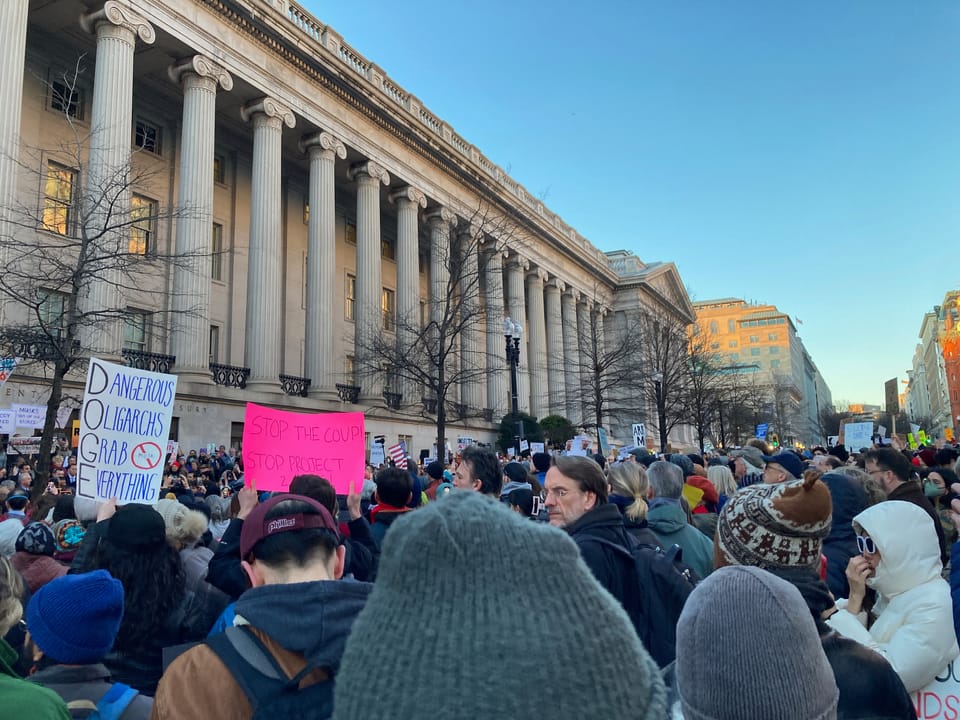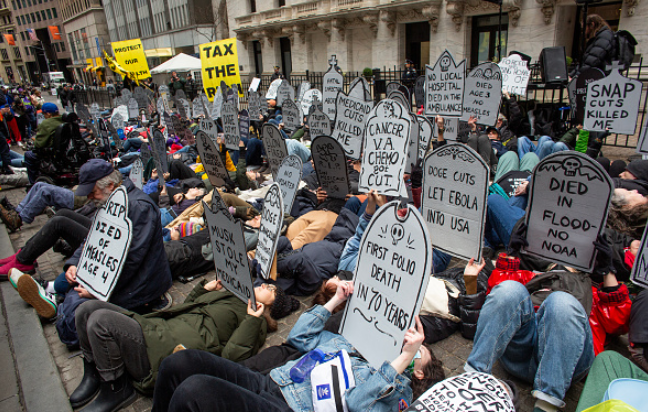Where is the Resistance?

Indeed, the diversification of resistance methods puts the United States on a similar trajectory to many democracy movements of the past. In anti-authoritarian movements of the 20th century, economic noncooperation — more so than protest alone — was the coordinated activity that split elites and made way for democratic breakthroughs. In apartheid South Africa, it was the enormous economic pressure — through boycotts of white-owned businesses, general strikes, divestments and capital flight — that brought the white supremacist National Party to heel and elevated reformers who were willing to do business with Nelson Mandela and the ANC. In communist Poland, it was the ability of trade unionists to credibly call for general strikes (and credibly call off such strikes) that gave the Solidarity movement the leverage to negotiate a peaceful democratic transition. Gandhi’s noncooperation campaigns in India made the colony ungovernable by British colonial authorities.
This article challenges the narrative that resistance against Trump 2.0 pales in comparison to what was seen during the first term. It is the early days of the movement and there there is a long road with many twists, turns, and surprises.
But this is good news. During these dark days we should continue to look for bright spots and lift each other up as we do when we meet during protests and provide hope.
On that note, I've been continuing to read Waging A Good War by Thomas Ricks because it is less depressing than Autocracy, Inc. and the influence of Gandhi definitely tracks.
We should continue to learn from previous pro-Democracy movements.
Resistance is alive and well in the United States
Protests of Trump may not look like the mass marches in 2017, but they’re far more numerous and frequent — and also becoming more strategic.


